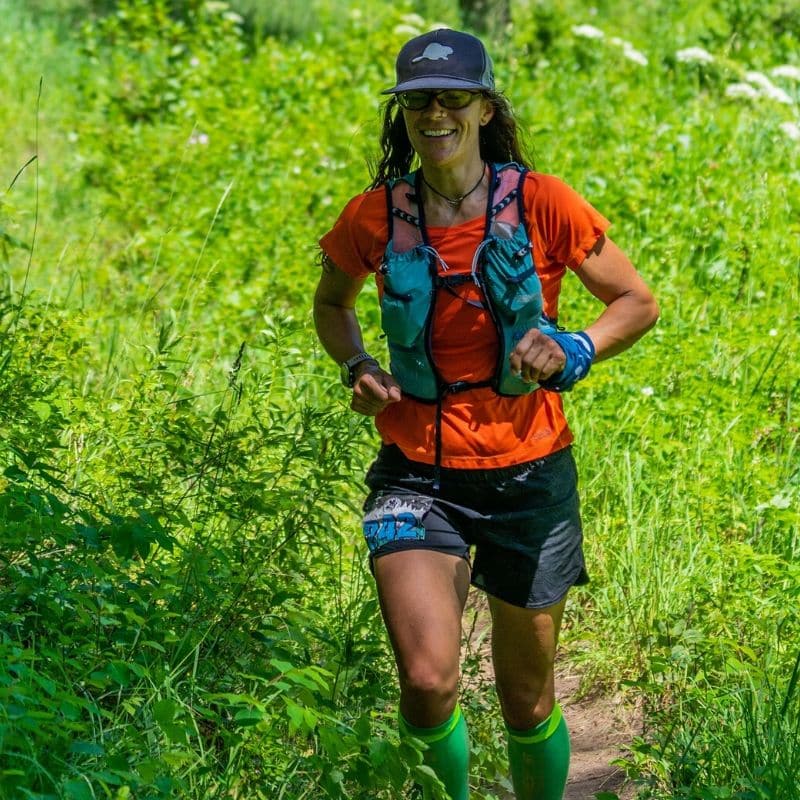
The Keys to Creating Winning Coach-Athlete Connections
Communication is important. In fact, it may be the single most important part of any coach-athlete relationship. Years of data and race reports only tell a part of the story. The rest of the narrative, the most important parts, are found in an athlete’s words and subjective descriptions. Coaches gain access to a trove of useful information when athletes take the time to convey how they felt during training sessions and competitions. Like any relationship, a coach-athlete relationship thrives or fails because of communication, so here’s a guide to optimizing coach-athlete communications.
The “Best Way to Communicate”
What medium of communication is best? The one that promotes an honest, frequent, consistent, and detailed flow of information in both directions. Because athletes provide better information when they communicate through their preferred style and channel, we try to meet athletes where they are. Ongoing communication helps build trust and thus solidifies the relationship.
“What will the communication look like?” is one of the first questions athletes ask. It’s critical to have a solid understanding of your communication needs and expectations when you contemplate working with a coach. And if you’re working with a coach and struggling to see eye to eye, you both may need to examine your communication styles and needs. Many coach-athlete relationships have been saved or elevated to new heights by a realignment of communications. Creating a well-defined communication standard will help create a solid foundation.
Here are some ways successful CTS Coaches and Athletes use various forms of communication.
Training Software (i.e. TrainingPeaks and Trainerize)
All CTS Coaches use TrainingPeaks to gather data from athletes, and a TrainingPeaks Premium account is included with all CTS Coaching Packages. Our coaches use TrainingPeaks to deliver training plans, WKO5 to analyze training data, Trainerize to prescribe strength training, and a variety of other software tools as needed for specific sports and athetes.
Nearly all training devices and software incorporate a “post-workout feedback” section. Here, athletes include their subjective observations on workouts. There’s also ample space to complete entire event reports. You don’t need to write a book on every workout, but make a habit of recording subjective feedback. Often, it is more important than numeric training data recorded during your workout.
Most CTS Coaches have athlete comments delivered directly to their email from Training Peaks. As a result, this is an easy way we can stay informed about how you’re feeling and responding to training.
Phone/Email
Coaches and athletes trade lots of training data through software but rely primarily on traditional means of communication for personal conversations. Email is a reliable means of sharing information, links, documents and other files that have bearing on the direction of training. This includes information that needs to be shared, such as maps, race plan strategies, nutritional directives, and so on.
Phone calls typically allow coaches and athletes to cover a lot of ground and build a close relationship. Regular phone calls add depth to the understanding of each other as individuals. Zoom and other digital face-to-face communication tools fall into the same category. Importantly, they are direct ways to share more nuanced or intense levels of emotion.
An athlete’s tone or mood can be difficult to discern through email or post-workout comments in TrainingPeaks. This is particularly true for athletes who are business professionals; you are accustomed to writing professional emails that deemphasize emotion. Phone or video calls are more personal and create a space for questions and answers to emerge organically. Small talk can be incredibly insightful, as it often reveals information that typically wouldn’t be recorded in a post-workout note.
► Free Cycling Training Assessment Quiz
Take our free 2-minute quiz to discover how effective your training is and get recommendations for how you can improve.
“Coach the person first” is a frequently repeated lesson in the CTS Coaching Education Program. Put another way, we are coaching a person who happens to be an athlete, not an athlete who happens to have a life. Regular phone or video calls are important for learning things about you that don’t show up in training files.
Text Messages
Text messages can have a strong support role in maintaining regular coach-athlete communications. Athletes lead busy lives and phone calls are not always convenient. Lengthy conversations are also not always necessary. Each coach and athlete needs to communicate their expectations and boundaries clearly from the start. However, if both individuals use this medium respectfully, text messaging can be an effective addition to a well-established communication system. A short message can be perfect for asking a quick question or providing a quick update. Speaking from personal experience, I love receiving finish line texts from athletes after they finish their events!
Social Media
Social media touches almost everyone’s life to some degree. Although it may not be the best option for everyone or every situation, a growing number of athletes prefer this method of communication. Some of these preferences shift along generational lines. As a result, we’ve found coach/athlete relationships thrive when the two people regularly use similar platforms. However, while coaches and athletes may communicate through direct messages on social channels, it’s important to keep an athlete’s public social media posts in perspective.
Set up the communication system that works for you
Communication is fundamental for a successful coach/athlete relationship. Consequently, it’s crucial to work out the details of your communication preferences early. As coaches, we proactively work with athletes to establish the preferred medium, frequency, and style of communication that’s going to work for the partnership. And in the rare case when it’s just not working, we work with Athlete Services to find a CTS Coach who has a stronger alignment with the athlete’s communication needs.
By Darcie Murphy,
CTS Ultrarunning Senior Coach
► FREE Mini-Course: Learn How to Maximize Your Limited Training Time
Learn step-by-step how to overcome limited training time and get faster. Walk away with a personalized plan to increase your performance.
"*" indicates required fields


Comments 1
Great to know information